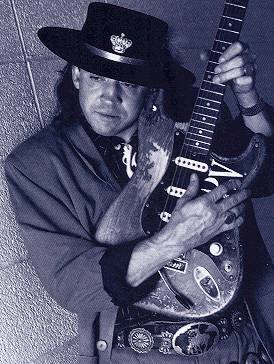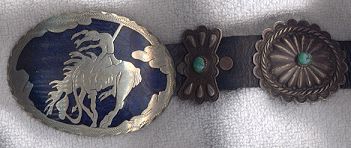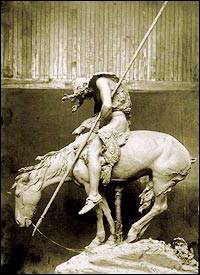
Conchos (named after the Spanish word for shell) are round or oval disks of silver. Conchos are used in groups to decorate belts. The concho belt is another example of the foreign elements of design which the Navajo People adopted, changed and developed into a very unique piece of jewelry and a symbol of the Navajo nation. The Navajo have taken a design which they may have borrowed from the Mexican concha bridle ornament or from the oval shaped hair ornaments worn by the Plains Indians and added designs copied from the leather stamps of the Spanish and Moors.
The very earliest concho belts had round concha forms and a slotted center through which a leather belt would be threaded. These round conchos were simple in design and were made of heavy-gauge silver. They were made by hand die stamping. The conchos were often hammered out of Mexican or American silver dollars. They had a decorated outside edge. Later, when Navajo silversmiths started soldering, copper loops were soldered to the back of solid conchos for threading the leather belt. In the 1890’s the open center was no longer functional and, instead, an oval or diamond-shaped stamped pattern replaced it. The large center rosette was embossed by the use of a male and female die. Because they were copied from harness buckles, early belt buckles were small. Between 1900 and 1920 turquoise stones and butterfly spacers appeared, along with repousse work.
(This information was edited from information on the Millicent Rogers Museum website.)
THE “END OF THE TRAIL” BUCKLE

Photo of a portion of Stevie’s belt as it appears today.

In 1894, when artist James Earle Fraser completed his model of the End of the Trail (see photo above), American civilization stretched from shore to shore. Most Euro-Americans believed the frontier period was over and that such progress was inevitable. Many viewed Native Americans as part of the past, a vanishing race with no place in the twentieth century. Popular literature unfairly portrayed Native Americans as “savages,” noble or otherwise. Fraser’s the End of the Trail reflects this sad and cruel legacy: a nineteenth century native warrior defeated and bound for oblivion — frozen in time.
Stevie wore this concho belt and End of the Trail buckle from 1985-90, and it can be seen in the vast majority of photos taken during those years, including many TV and concert appearances, including his last.